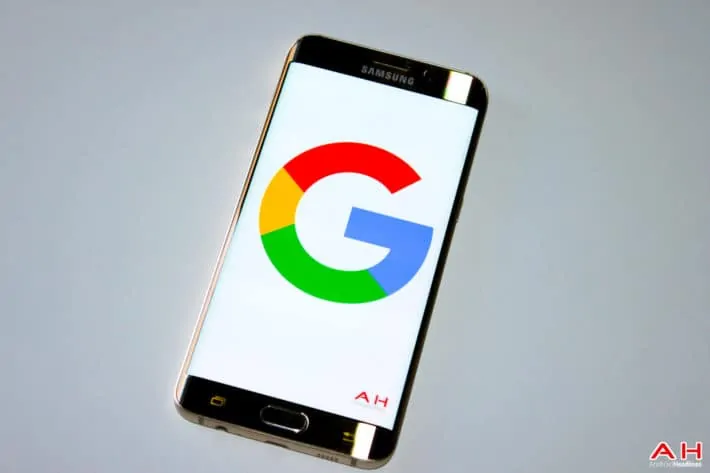At this point in the game, it may be a little redundant to state exactly why India is a battleground for tech companies right now. With a population of about 1.3 billion, the country is home to many people who are either not on the internet at all or whose use of it is minuscule at best. This means that companies are fighting to be the first and most prominent to get those users online and on board with their services. Whether a company is looking to drum up sales or ad revenue, in a country awash in non-users and owners of feature and hyper-budget phones and other devices is almost a moot point; right now, the big focus is on the part of the population that essentially has no online identity. That said, Google is fighting hard to win over these users. They face a long list of competitors in this space, the biggest and certainly most prominent of whom is Facebook, who has already won over in excess of 100 million users. So, what is Google doing to fight this trend?
For starters, Google is working on getting India online with a number of initiatives. Project Loon, a worldwide project by Google’s moonshot labs, aims to provide internet connectivity via floating balloons, controlled by AI, that carry network equipment and beam internet down below. Google is also rolling out a large number of public Wi-Fi hotspots in participating public spaces through Google Station, offering free high-speed internet to anybody who is within range and wants to use it. Since most of India’s population experiences the internet through a smartphone if at all and mobile carriers’ coverage in the country is minimal in rural areas, this approach is actually quite fitting. With connection over both mediums being completely free and specially made to cater to citizens of India in rural areas and who use the internet on mobile devices while going about their daily lives, Google is guaranteed a large number of bites. Thus, the question ends up boiling down to how they plan to get the people on those connections to use their services.
They’re also building fresh apps and either rebuilding or adding features to a number of existing apps to make them fit the very specific network needs of India. Features in Chrome to facilitate offline use, such as a new mode that lets users on poor connections view headlines, search results and other key info about pages and save them for later viewing are on the menu, as are changes to downloading in Chrome and the Play Store that let users find and choose what they want to download, then perform the actual download once they’re within range of Wi-Fi. Users can also download pages while on a good connection and view them while offline. YouTube Go, a new YouTube client, runs on much the same principle; users can download videos on a good connection, or during off-peak hours. Users who wish to do so can also download videos and watch them once they’re completely saved, instead of streaming them and having to deal with lag and quality issues. Previewing a video by tapping on its thumbnail is also an option, letting users figure out if a video is worth their time and bandwidth ahead of time. Chrome and other apps now have the option to use data compression to save data and serve pages faster on slow connections, and many apps are gaining Hindi language support out of the box, including their new video messaging app, Duo, which is often hailed as being perfect for a network climate like that of India, and is even being prepackaged on certain 4G LTE smartphones in the country. On both the connection and software fronts, Google is hitting India hard and fighting with all they have to get users on board.

